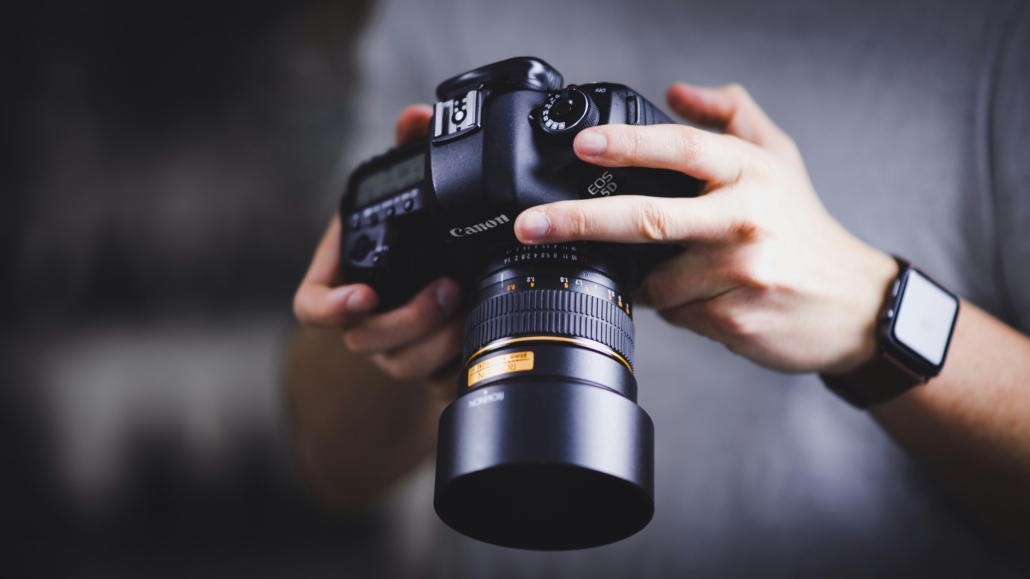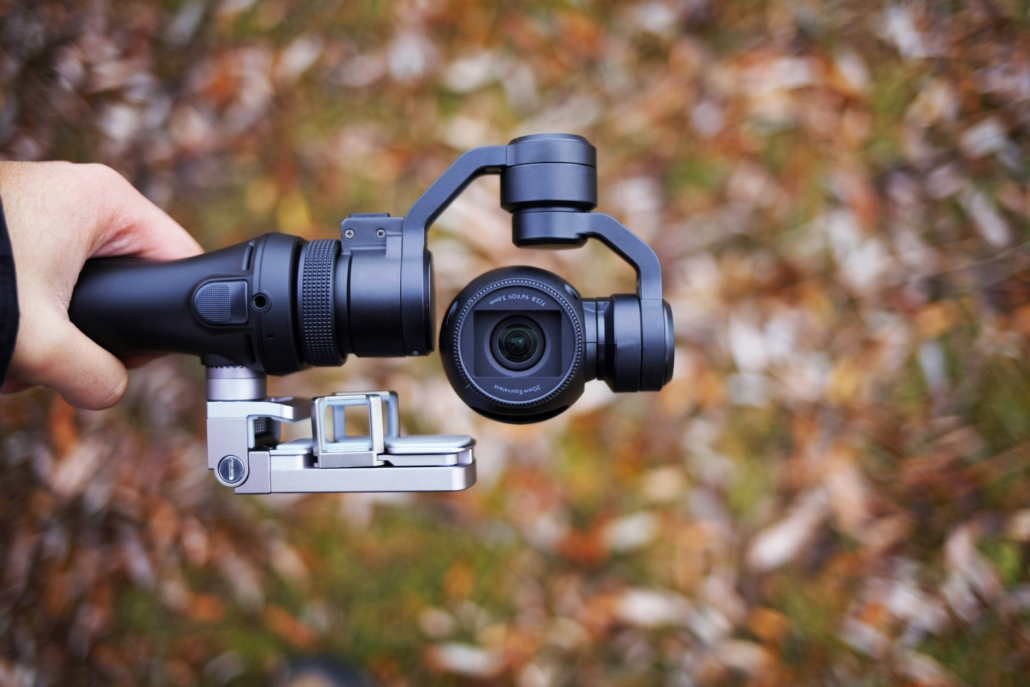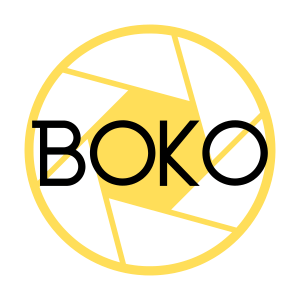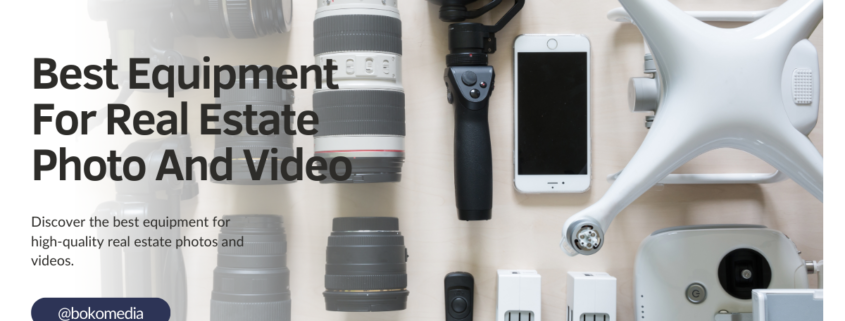Best Equipment For Real Estate Photo And Video
Capturing stunning images and videos of real estate properties is an art that requires the right equipment. High-quality visuals can make a significant difference in attracting potential buyers and showcasing properties in their best light. For real estate photographers and videographers, having the essential gear is crucial to producing professional and captivating results. Here’s a comprehensive guide to the essential equipment for real estate videography and photography.
High-Quality Camera

At the heart of any real estate photographer’s kit is a high-quality camera. A DSLR (Digital Single-Lens Reflex) or mirrorless camera is preferred due to their superior image quality, flexibility, and manual controls. Cameras with full-frame sensors are ideal as they capture more detail and perform better in low-light conditions. Brands like Canon, Nikon, and Sony offer excellent options with features suited for real estate photography. Look for a camera with high resolution, good dynamic range, and the ability to shoot in RAW format, which allows for greater flexibility in post-processing.
Essential Lenses
Lenses are equally important, with wide-angle lenses being a staple for real estate photography. These lenses allow you to capture more of the room in a single shot, making spaces appear larger and more inviting. A lens with a focal length between 16mm and 35mm is ideal for capturing interiors and exteriors. Additionally, having a prime lens with a wider aperture can be beneficial for low-light situations and creating beautiful depth of field effects. Tilt-shift lenses are also valuable as they help correct perspective distortions, especially in apartment architectural photography.
Sturdy Tripod
A sturdy tripod is an essential piece of equipment for both photography and videography. It ensures stability, reduces camera shake, and allows for consistent framing, especially in low-light conditions where slower shutter speeds are necessary. A tripod with adjustable legs and a high-quality ball head or pan-tilt head offers flexibility in setting up shots at various heights and angles. For videography, a tripod with a fluid head is recommended to achieve smooth panning and tilting movements.
Lighting Equipment
Lighting is another critical element in real estate photography. Natural light is often the best option, but it’s not always sufficient, especially in darker rooms or during overcast days. Portable lighting equipment, such as speedlights or strobes, can significantly enhance the quality of your photos. Softbox lights or LED panels are also excellent choices for providing even, diffused light that minimizes harsh shadows. Light modifiers, like umbrellas and reflectors, can help control the direction and softness of the light.
Gimbal Stabilizer

For videography, a gimbal stabilizer is invaluable. It allows for smooth, cinematic movements, whether you’re getting footage of an interior or capturing sweeping exterior shots. Gimbals help eliminate camera shake and provide fluid motion, enhancing the professional quality of your videos. Brands like DJI and Zhiyun offer reliable gimbal stabilizers for various camera sizes and weights.
Drones
Drones have become increasingly popular in real estate videography, offering unique aerial perspectives that can highlight the property’s location, size, and surroundings. Drones equipped with high-resolution cameras and stabilization features are ideal for capturing stunning aerial footage. It’s important to follow local regulations and obtain any necessary permits for drone flights, especially in residential areas.
Remote Shutter Release
A remote shutter release is a small but invaluable tool for photography. It allows you to trigger the camera without physically pressing the shutter button, which can cause slight camera shake and blur your images. This is particularly useful for long exposures or bracketed shots needed for HDR (High Dynamic Range) photography.
Post-Processing Software
Post-processing software is an essential part of the workflow for both photography and videography. Adobe Lightroom and Photoshop are industry standards for photo editing, offering powerful tools for adjusting exposure, color balance, and correcting distortions. For videography, software like Adobe Premiere Pro, Final Cut Pro, or DaVinci Resolve provides robust editing capabilities, including color grading, audio adjustments, and special effects. Investing time in learning these programs can significantly enhance the quality of your final output.
Additional Tools and Accessories
For those who frequently shoot Austin apartment interior photography, a laser distance measurer can be a handy tool. It helps ensure that your camera is set at the correct height and distance for optimal composition, especially in smaller rooms where space is limited. This device can also assist in creating floor plans, which are often used in real estate listings to give potential buyers a better understanding of the property layout.
Backup Essentials
In addition to the primary gear, several accessories can further improve your shooting experience and the quality of your work. Extra batteries and memory cards are essential for ensuring that you don’t run out of power or storage space during a shoot. Lens cleaning kits help maintain the clarity of your images, free from dust and smudges. A camera backpack or case with padded compartments will protect your equipment during transport and keep everything organized.
Weatherproofing Gear
For photographers and videographers who work in diverse environments, weatherproofing gear can be crucial. Rain covers for your camera and lens protect your equipment from the elements, allowing you to shoot in various weather conditions without risking damage.
Continuous Learning
While having the right equipment is vital, understanding how to use it effectively is equally important. Investing in training and education, whether through online courses, workshops, or one-on-one mentoring, can significantly improve your skills and the quality of your work. Practice regularly and experiment with different techniques to discover what works best for each property.
Conclusion
In conclusion, the essential equipment for real estate photography and videography includes a high-quality camera, a selection of lenses, a sturdy tripod, effective lighting, and stabilization tools like gimbals and drones. Accessories such as remote shutter releases, post-processing software, and protective gear further enhance your ability to capture stunning images and videos. By combining the right equipment with continuous learning and practice, you can create compelling real estate visuals that attract and engage potential buyers, showcasing properties in their best light.




